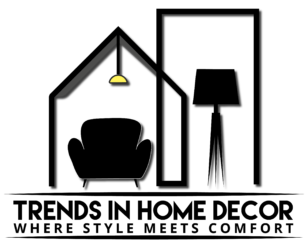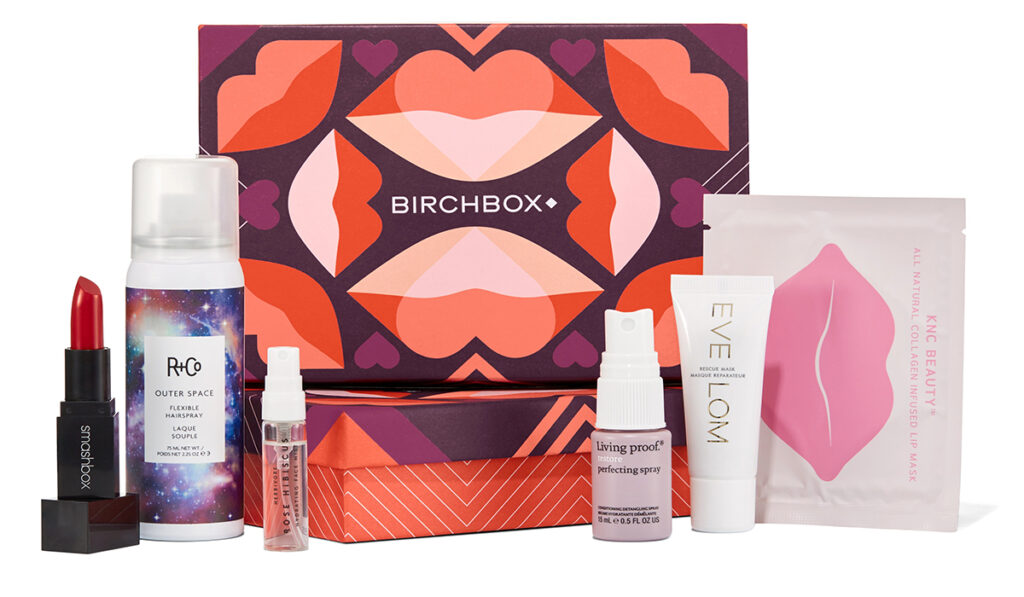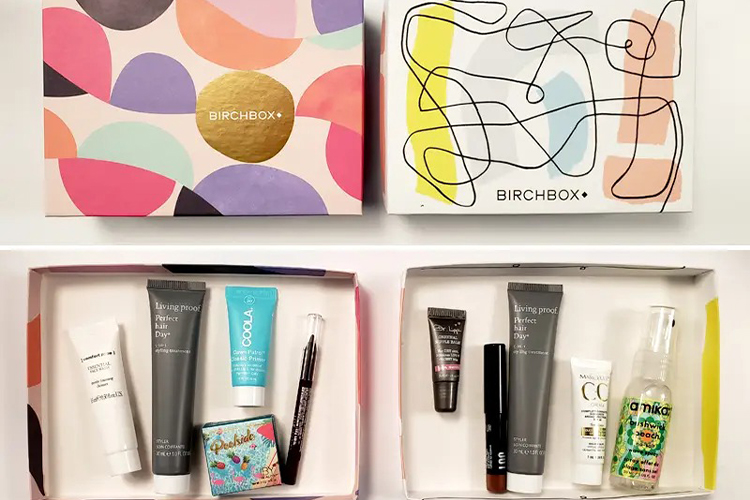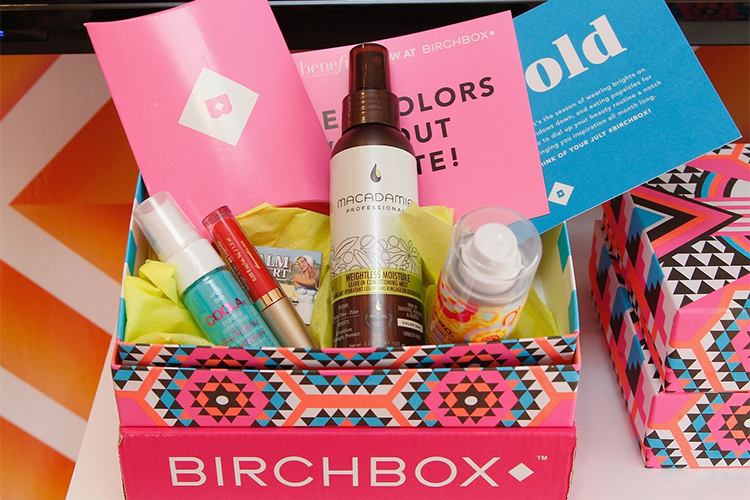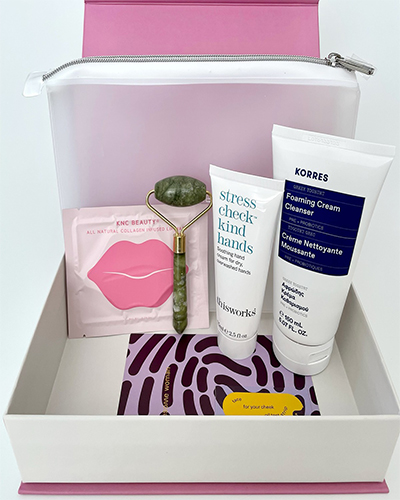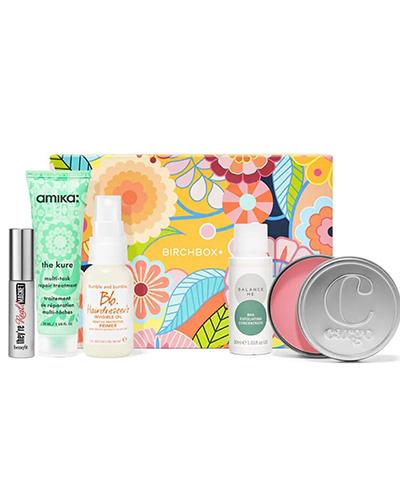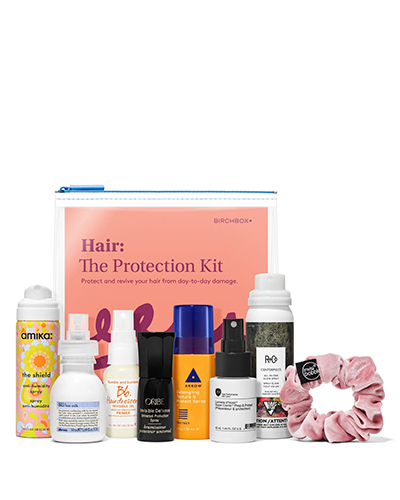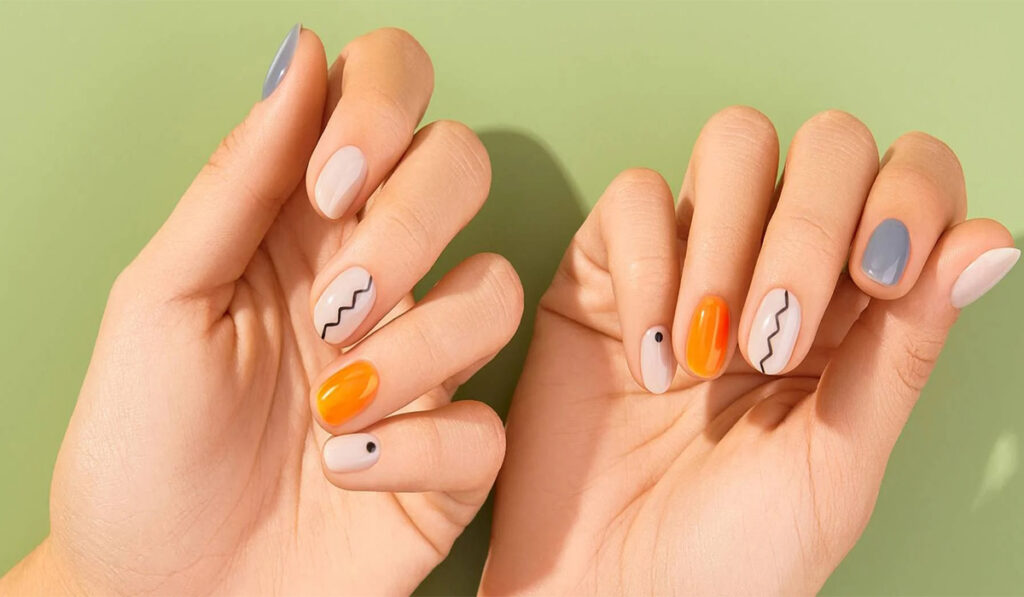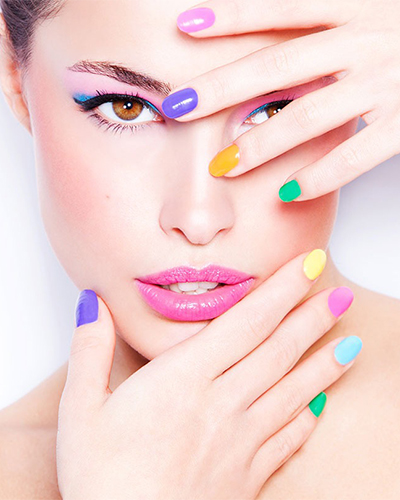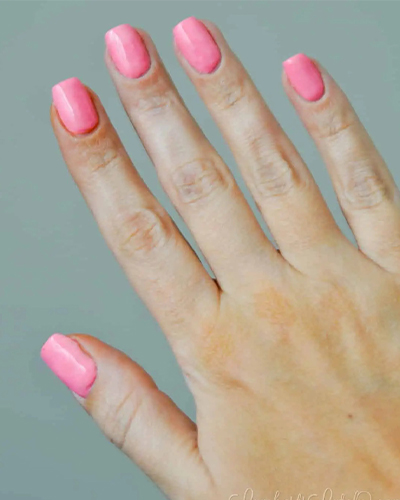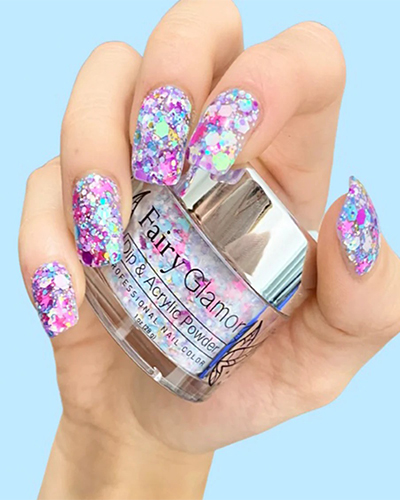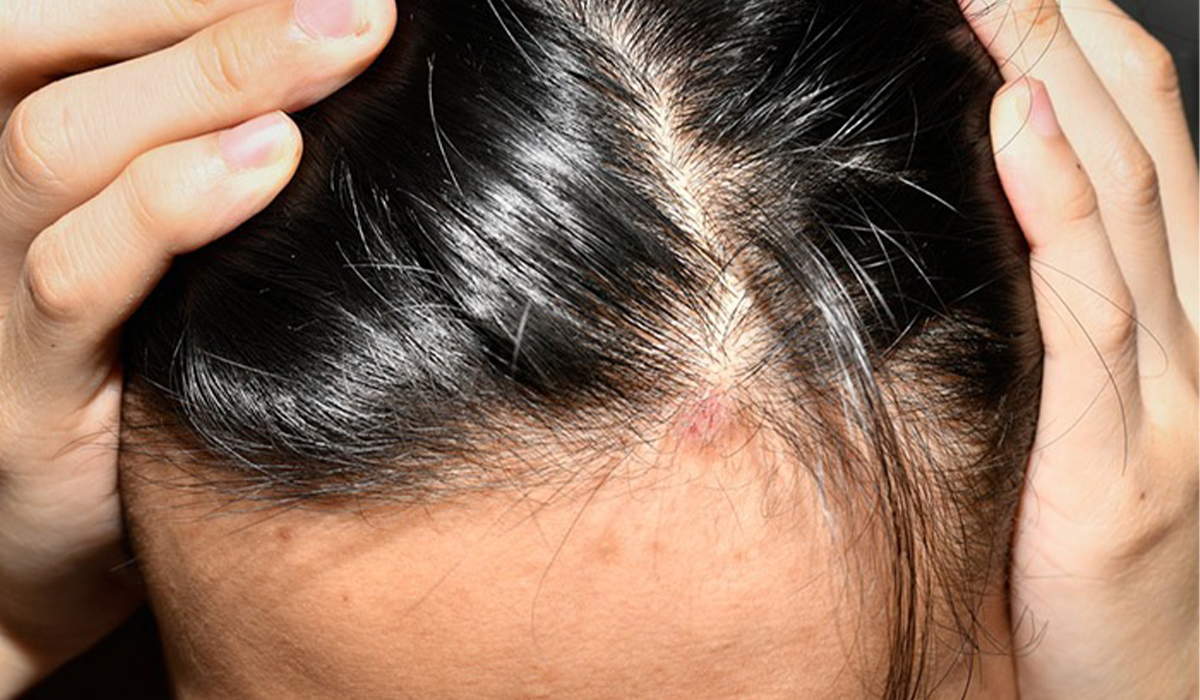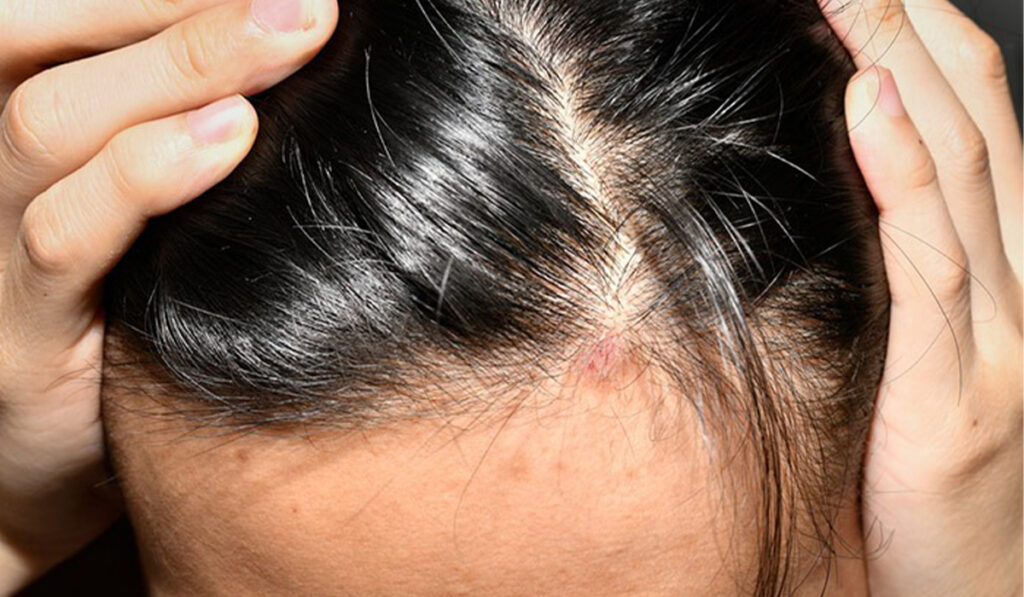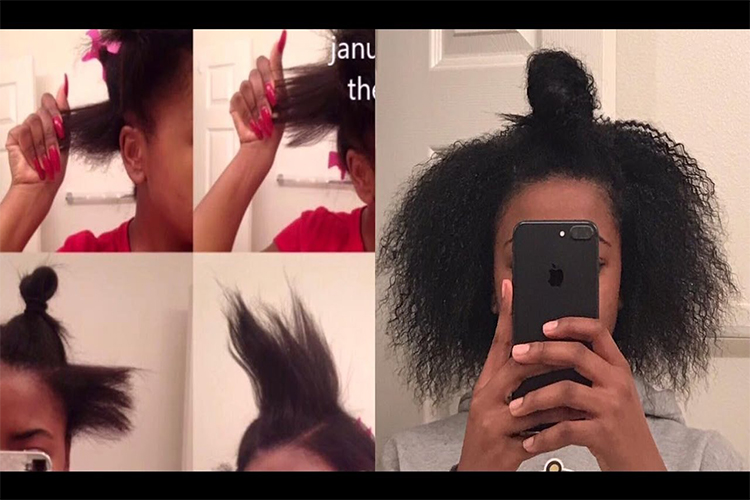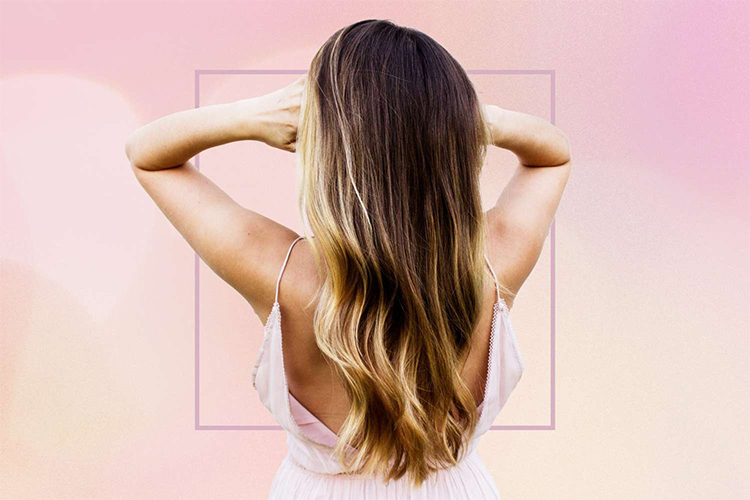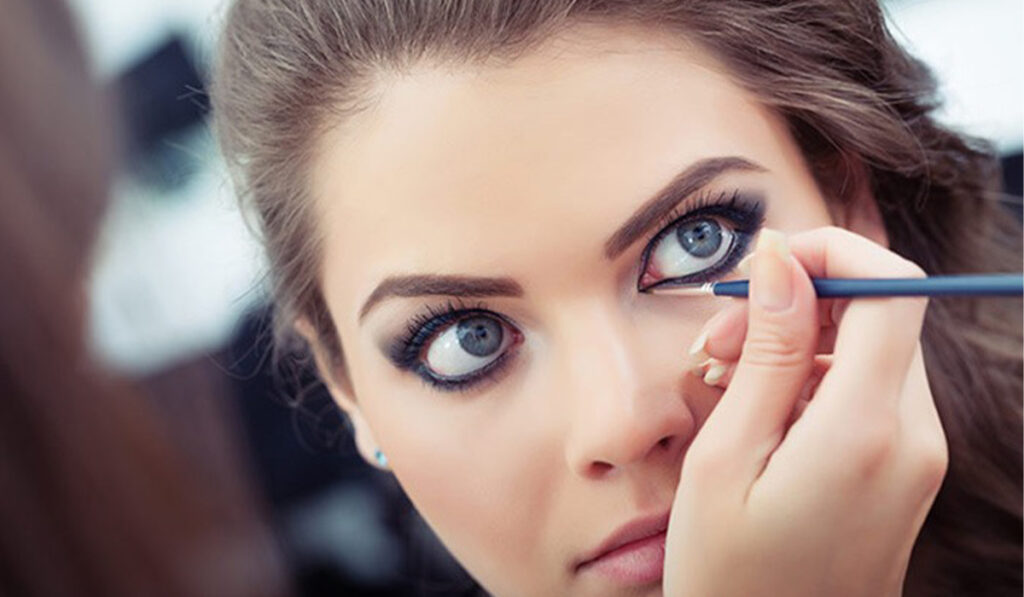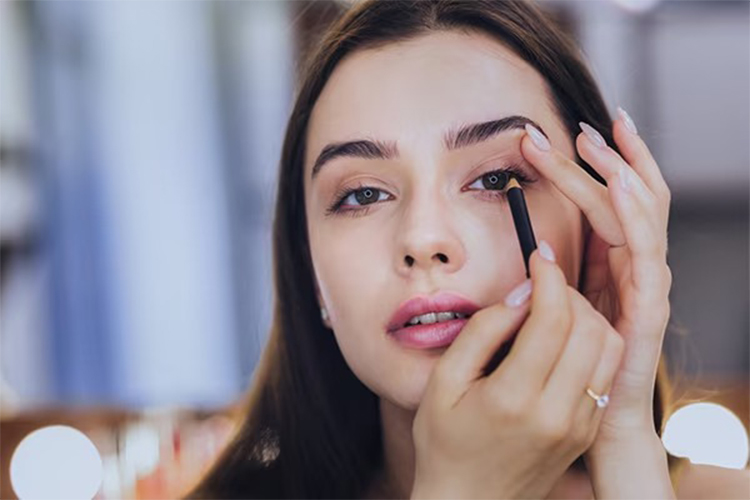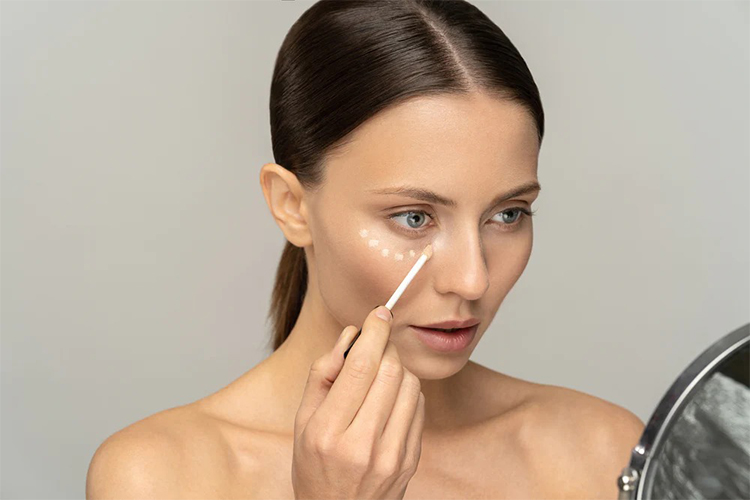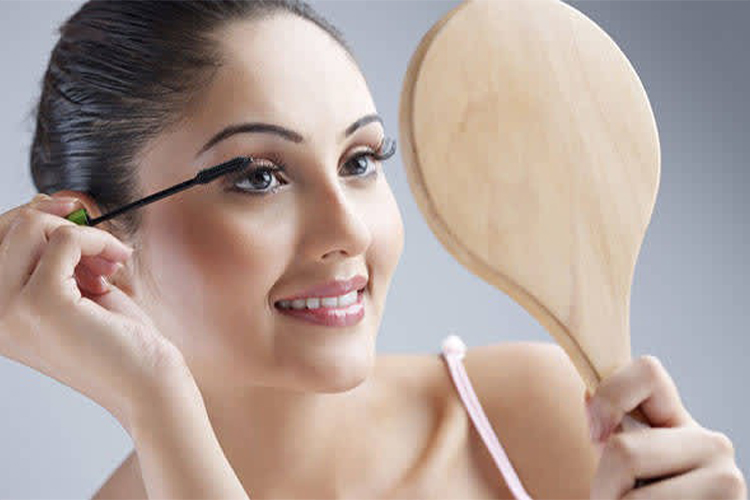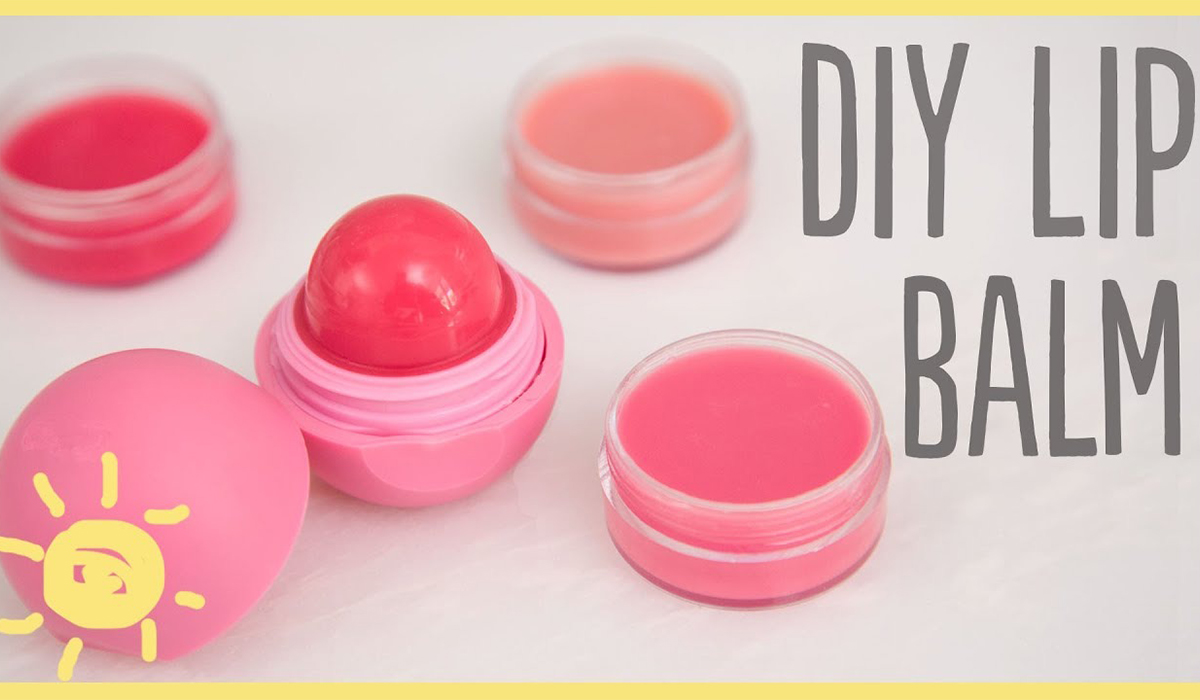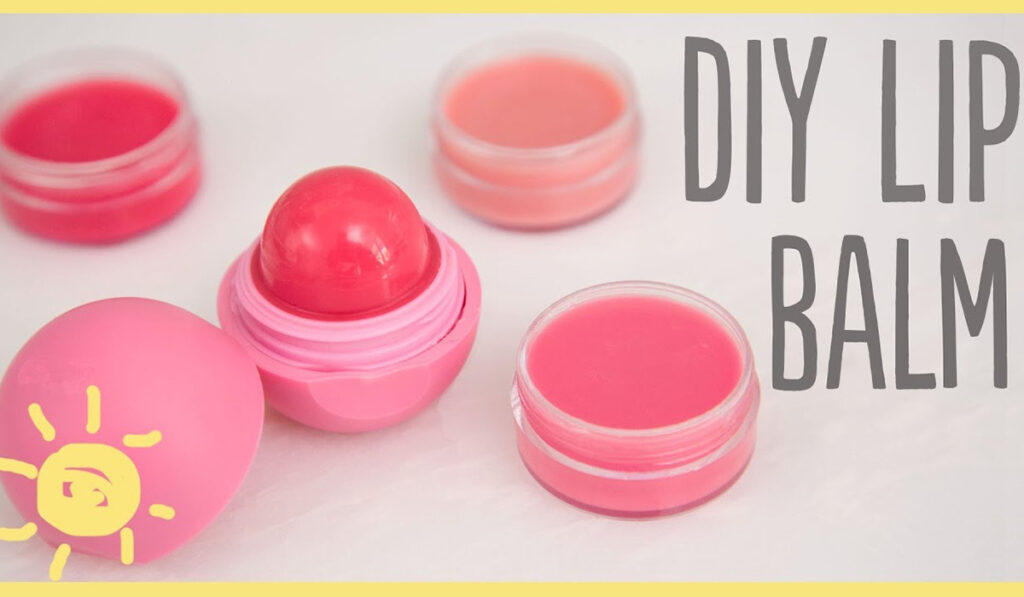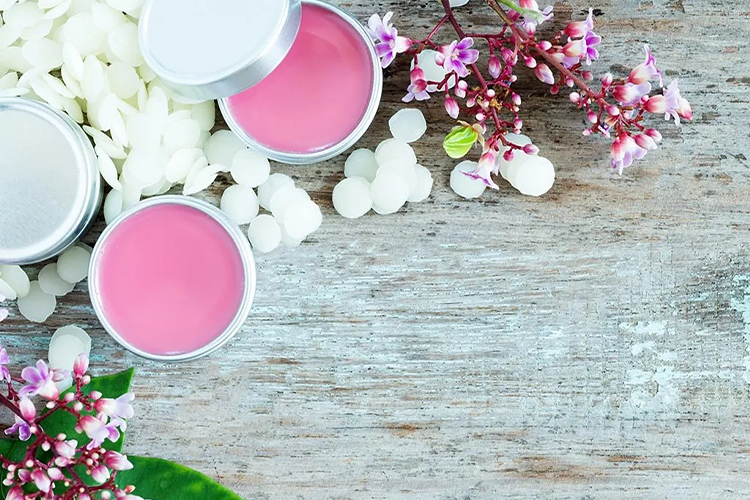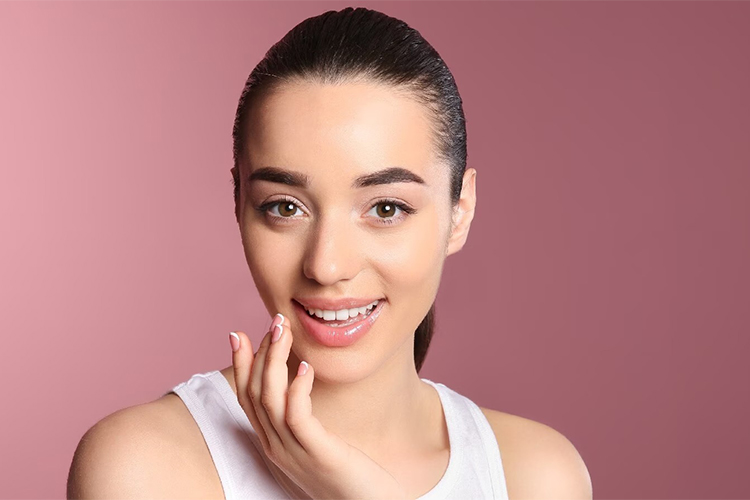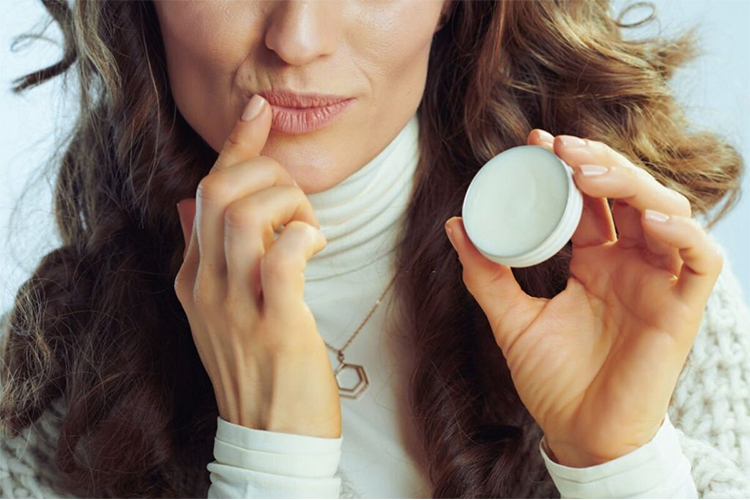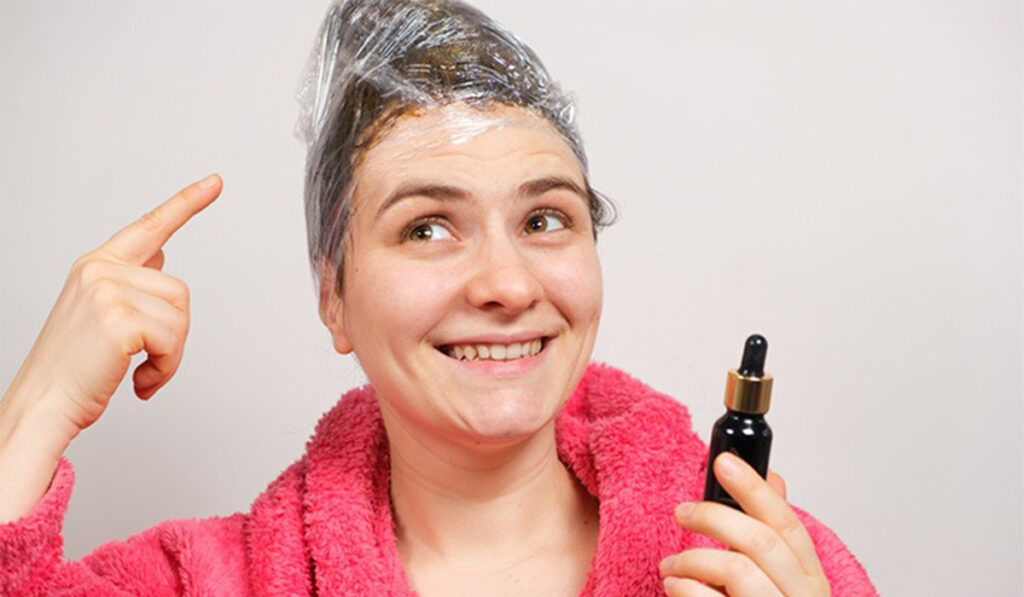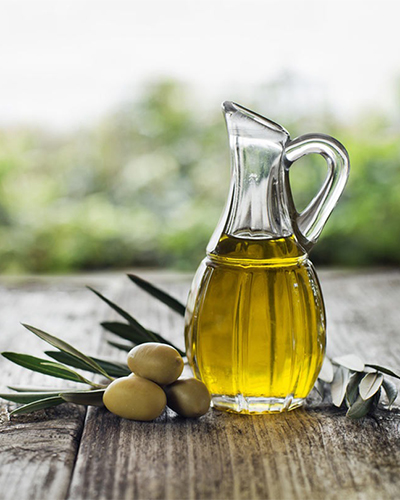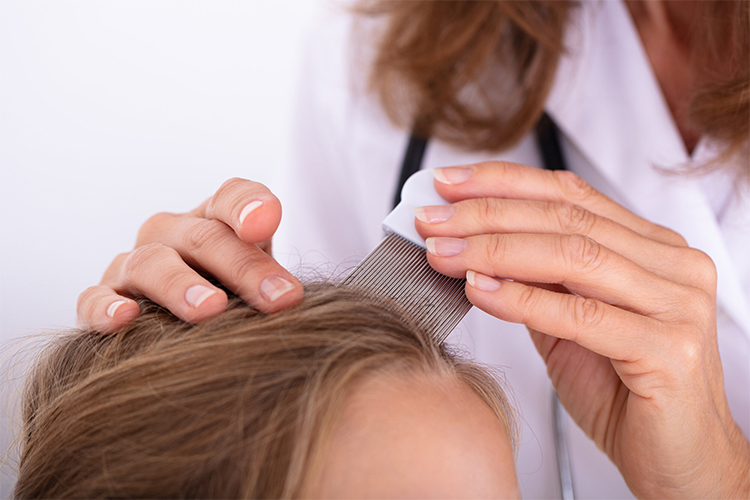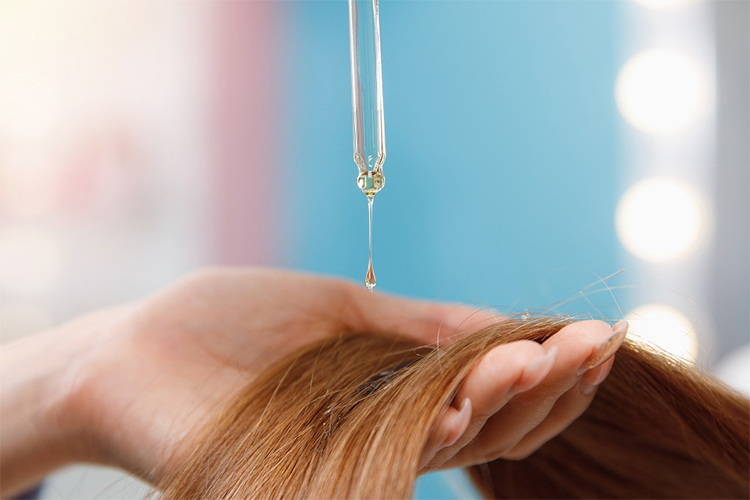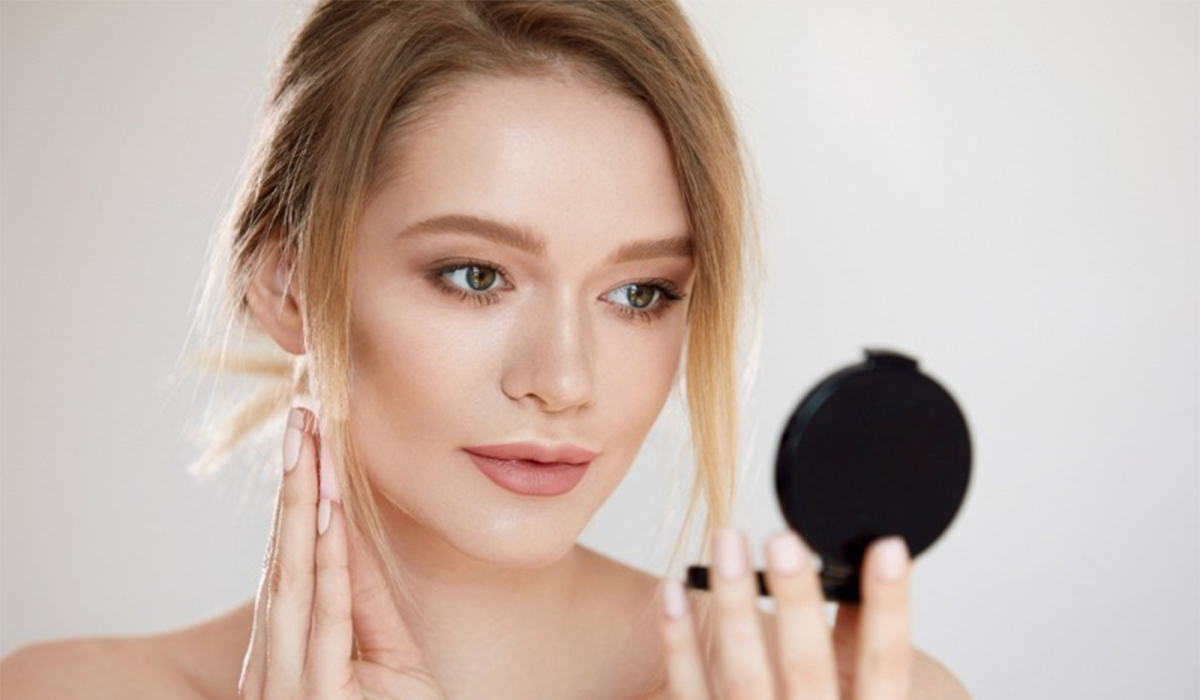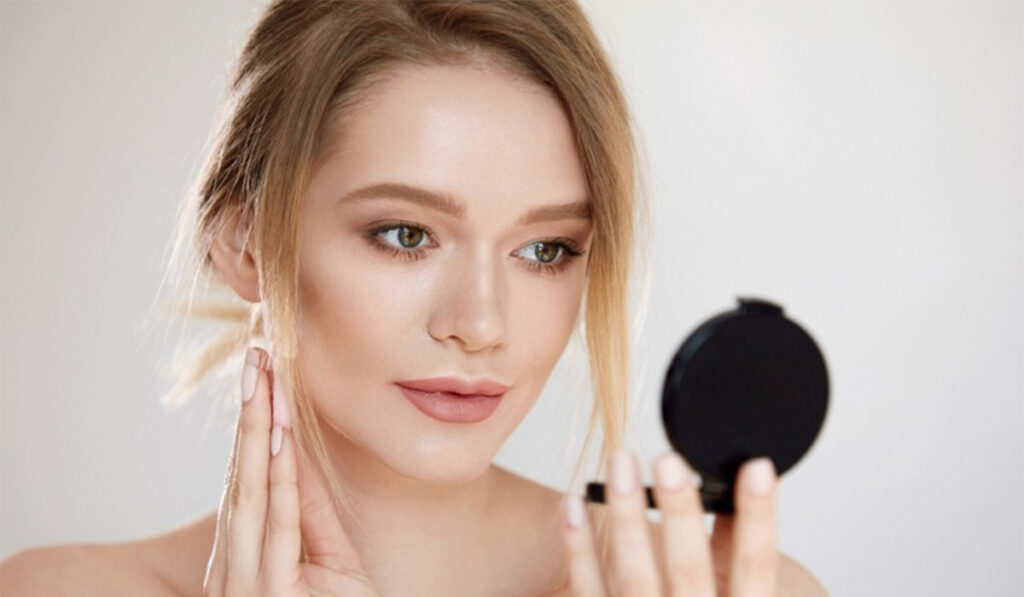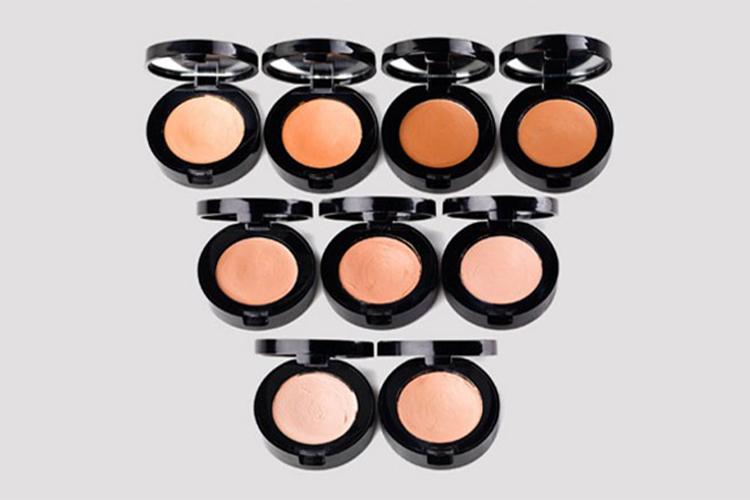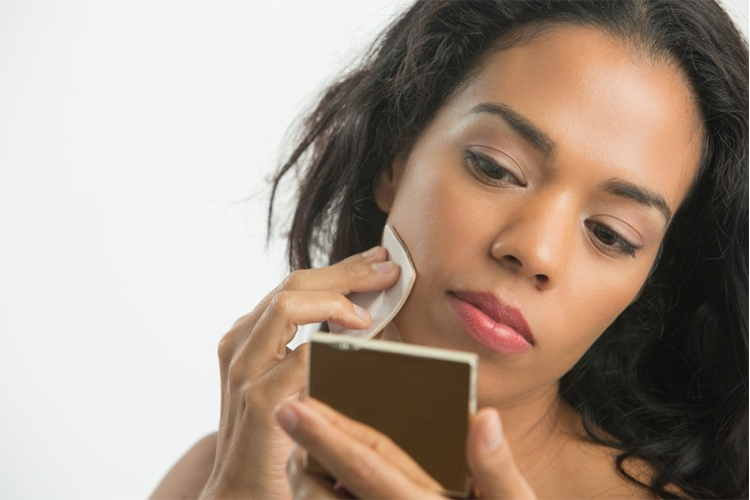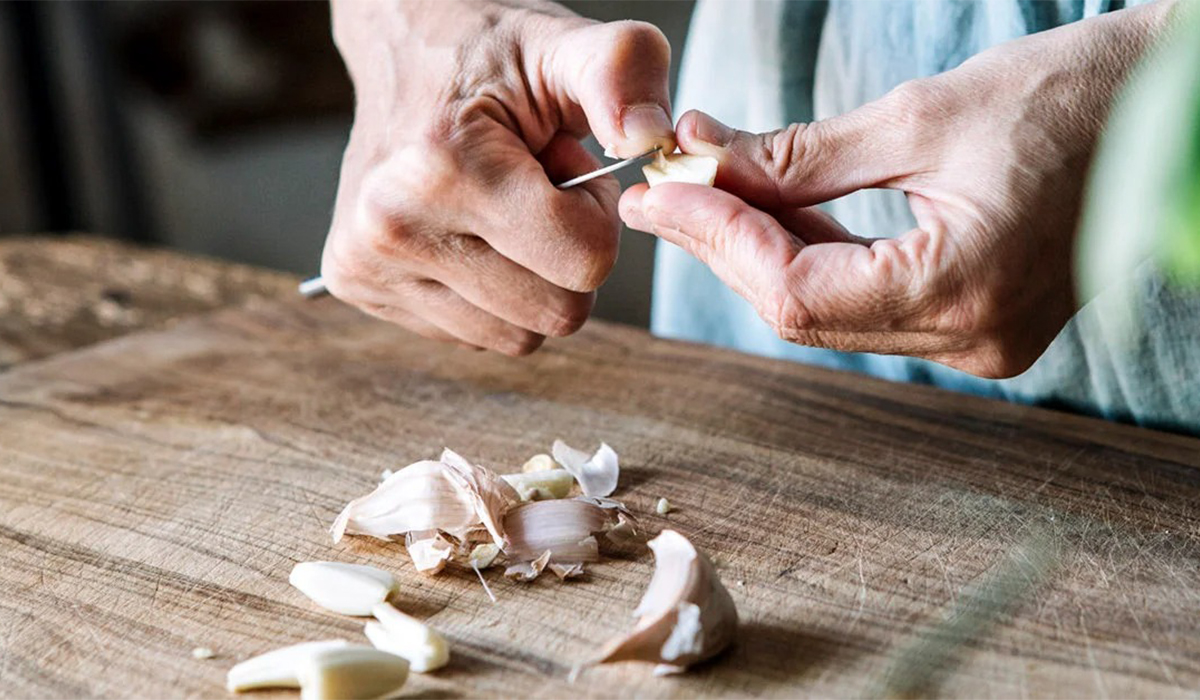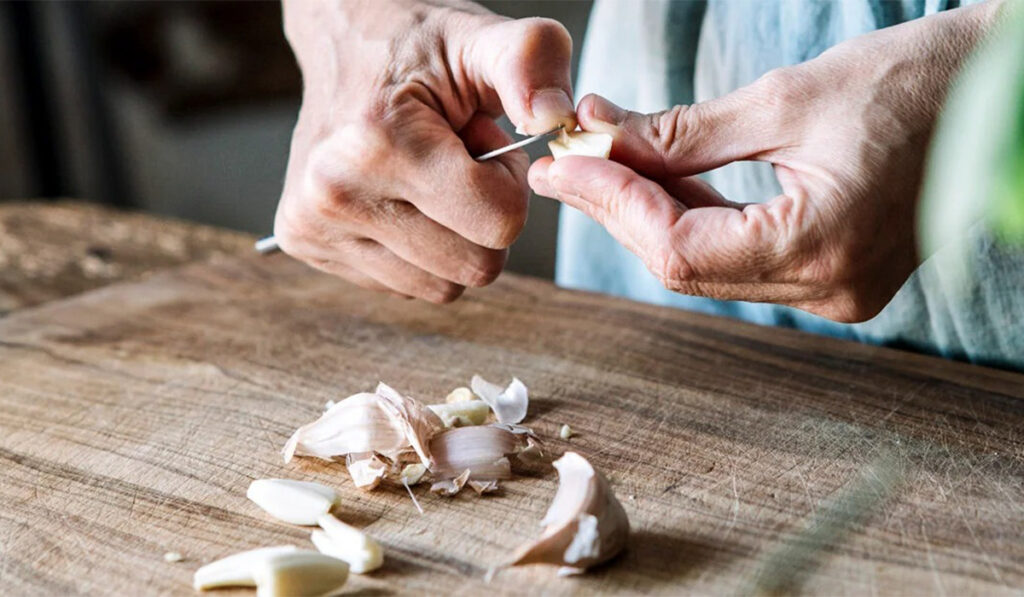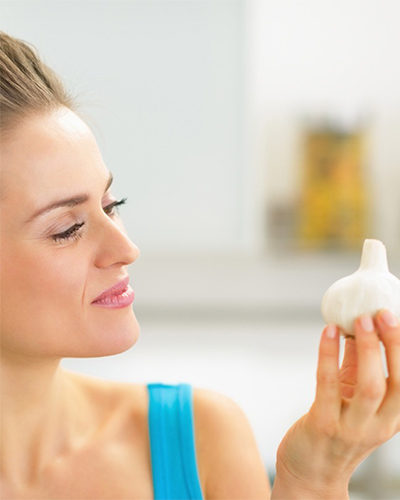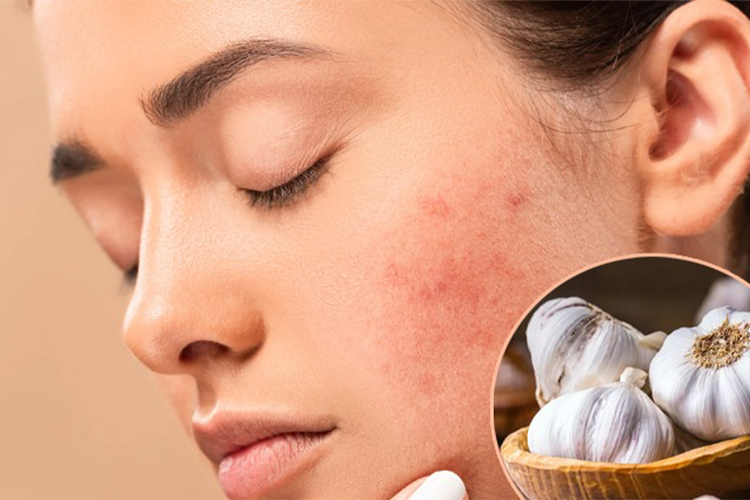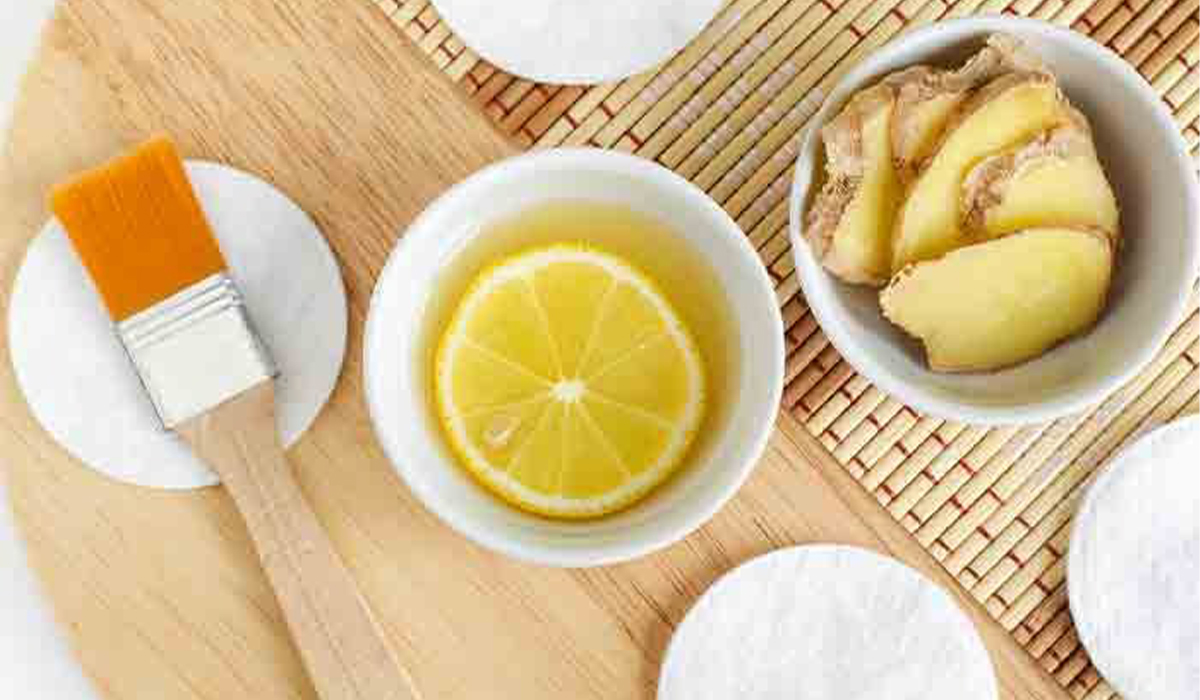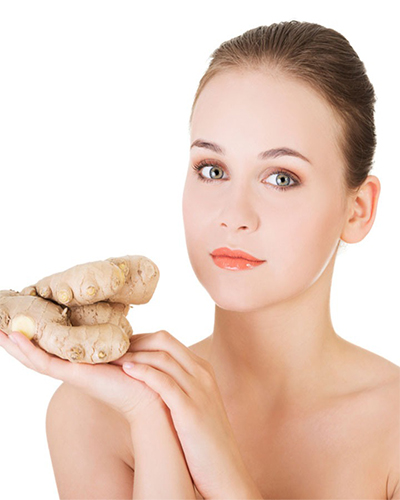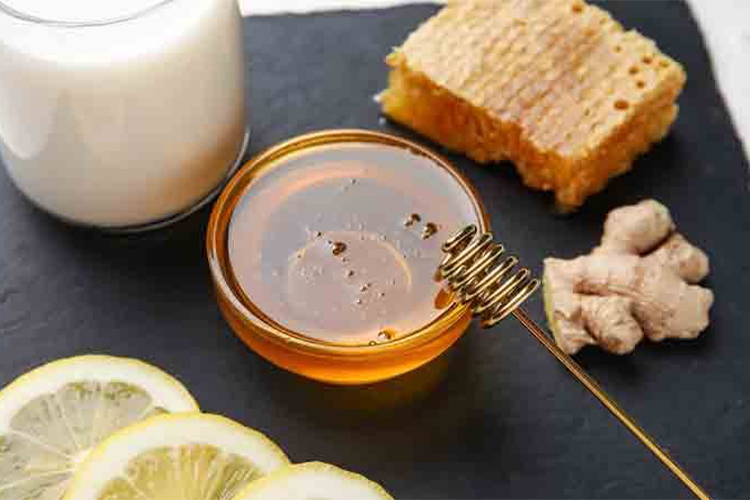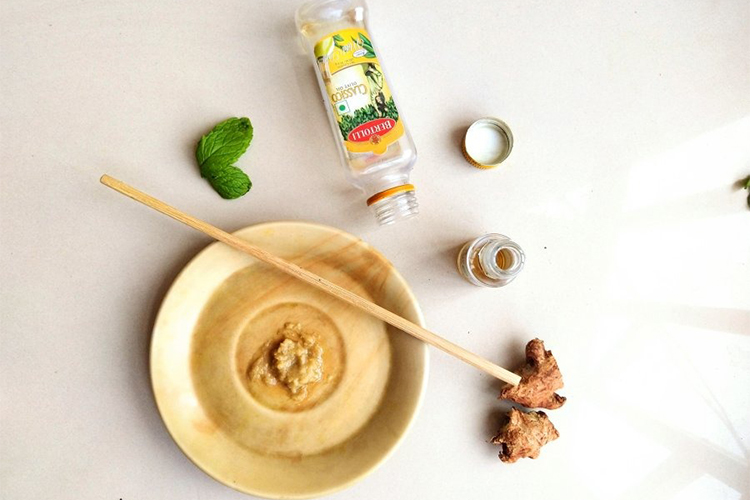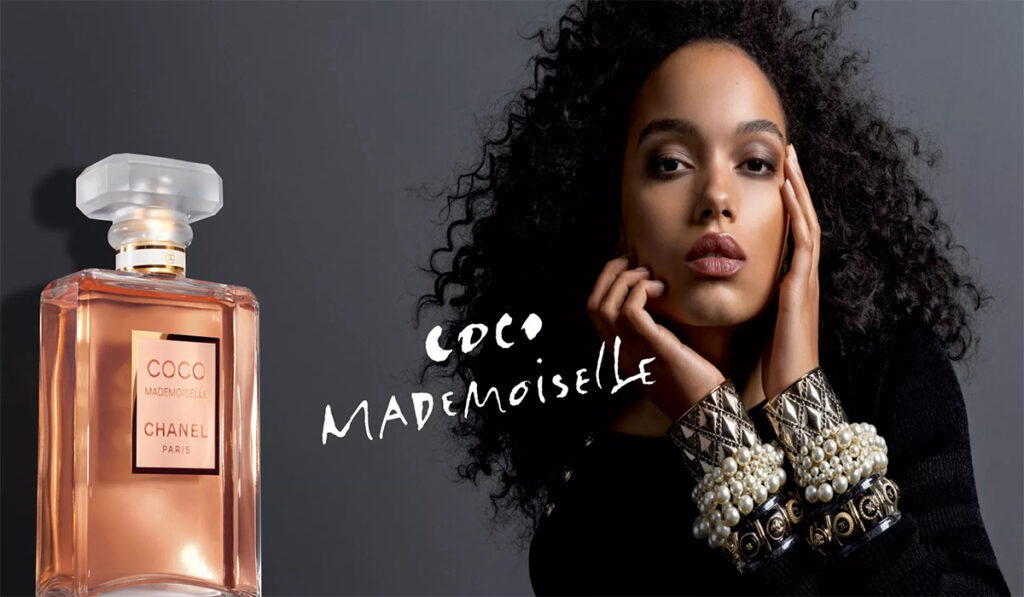
Chanel is a renowned luxury fashion and beauty brand known for its timeless elegance and iconic designs. The brand was founded by Gabrielle “Coco” Chanel.
Founder: Gabrielle “Coco” Chanel
Founded: Chanel was founded in 1909.
Story:
Chanel has a rich history that began with the vision of its founder, Coco Chanel. Coco Chanel revolutionized fashion by bringing a new sense of simplicity, comfort and elegance to women’s clothing. She is credited with popularizing the “little black dress”, tweed suits and the iconic Chanel No. 5 perfume.
The brand’s journey began with a small fashion shop in Paris, where Coco Chanel initially sold hats. Their design philosophy emphasized comfort and practicality, breaking away from the lavish and restrictive fashions of the time. Her use of simple lines, quality materials and innovative designs caught the attention of women seeking a freer and more functional style.
One of Chanel’s most significant contributions was the introduction of womenswear inspired by menswear, often referred to as “menswear for women”. This included designs like the now famous Chanel tweed suits, which became symbols of sophistication and modernity.
The 1920s marked a turning point for Chanel as they expanded their offerings to include ready-to-wear, accessories and fragrances. In 1921 she launched the iconic perfume Chanel No. 5, which became one of the most famous and enduring fragrances in the world.
Chanel’s legacy continued to flourish after her death in 1971. The brand’s design ethos, characterized by simplicity, elegance and a fusion of classic and modern elements, remained central to its identity.
Today, Chanel is known for its haute couture, ready-to-wear collections, accessories and beauty products. The brand’s creative directors, most notably Karl Lagerfeld and later Virginie Viard, have continued to honor Chanel’s heritage while adding modern touches to it.
Chanel’s iconic interlocking Cs logo has become synonymous with luxury and sophistication. The brand’s timeless handbags, such as the Chanel 2.55 and the Classic Flap Bag, are considered some of the most sought-after and iconic fashion items in the world.
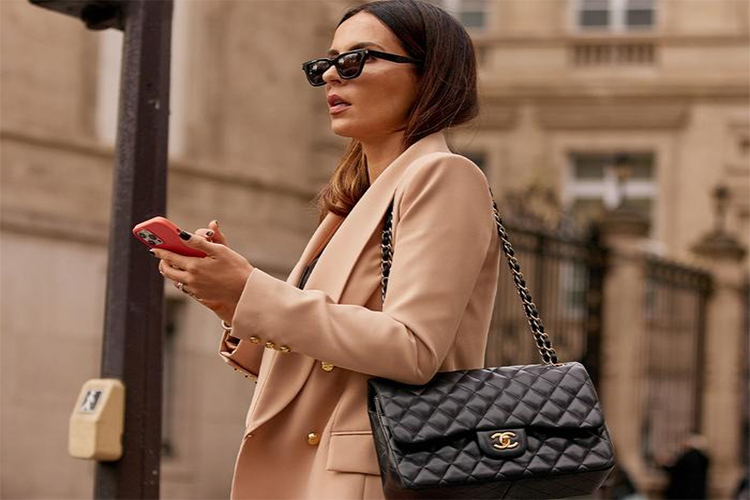
overview
Founder: Chanel was founded by Gabrielle “Coco” Chanel.
Founded: The brand was founded in 1909.
Legacy: Chanel revolutionized fashion with elegant, comfortable designs that broke with traditional norms.
Innovations: Coco Chanel introduced the “little black dress”, tweed suits and iconic fragrances such as Chanel No. 5 before.
Iconic Logo: The interlocking Cs logo represents luxury and sophistication.
Lasting Impact: Chanel’s timeless designs and commitment to elegance have cemented its status as a global icon of luxury and style.
Expansion: The brand offers haute couture, ready-to-wear collections, accessories and beauty products.
Continuing the legacy: Creative directors like Karl Lagerfeld and Virginie Viard have preserved Chanel’s heritage while adding modern elements.

highlight
Iconic Founder: Chanel was founded by Gabrielle “Coco” Chanel, who revolutionized fashion with her elegant and comfortable designs.
Innovative designs: Coco introduced groundbreaking concepts such as the “little black dress”, tweed suits and the iconic Chanel fragrance No. 5.
Timeless heritage: Chanel’s enduring influence is evident in its commitment to elegance, modernity and quality craftsmanship.
Iconic Logo: The interlocking Cs logo has become a symbol of luxury and elegance around the world.
Global Icon: Synonymous with luxury and style, Chanel maintains its status as a global fashion and beauty icon.
Diverse range: The brand includes haute couture, ready-to-wear collections, accessories and beauty products.
Lasting relevance: creative directors such as Karl Lagerfeld and Virginie Viard have preserved Chanel’s heritage while injecting contemporary elements.
Fashion

Haute couture clothing
ready-to-wear (dresses, suits, tops, bottoms)
Outerwear (coats, jackets)
evening wear and evening dresses
Accessories (scarves, hats, gloves)
Handbags

Chanel classic flap bag
Chanel 2.55 reissue bag
Chanel boy bag
Chanel Gabrielle bag
Chanel Wallet on Chain (WOC)
Chanel shopping bag (coconut handle)
Shoes
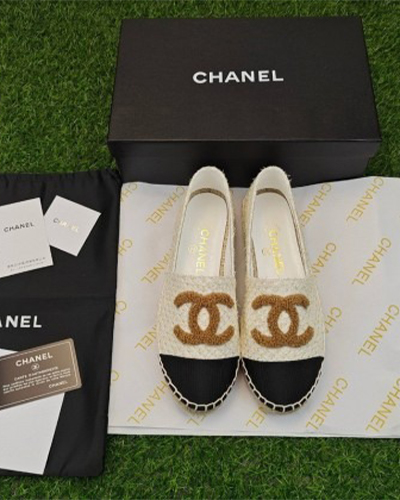
Chanel ballet flats
Chanel cap toe pumps
Chanel sneakers
Chanel boots
Chanel espadrilles
Advantages
Timeless Elegance: Chanel is known for its timeless and sophisticated designs that exude luxury and class.
Iconic Status: The brand’s iconic interlocking Cs logo and signature designs are instantly recognizable and enjoy a prestigious reputation.
Craftsmanship: Chanel is known for its impeccable craftsmanship and attention to detail, resulting in high quality and durable products.
Innovative Design: Chanel has a history of introducing groundbreaking designs and trends that impact the fashion industry.
Wide range of products: The brand offers a diverse range of products that includes fashion, accessories, fragrances and beauty.
Status Symbol: Owning a Chanel product is often seen as a symbol of social status and style.
Legacy: Chanel’s rich history and association with figures like Coco Chanel add to its allure and storytelling.
Disadvantages
High price: Chanel products have a luxury price, which can be a significant obstacle for many consumers.
Exclusivity: Chanel’s luxurious nature may mean that some products are not available to a wider audience.
Limited Availability: Chanel boutiques are concentrated in specific locations and restrict access to those in non-boutique areas.
Trends vs. Timelessness: Some designs may be trend-driven and may become less relevant over time.
Maintenance: Luxury products often require careful maintenance and care to preserve their quality and appearance.
Concerns about counterfeiting: The popularity of Chanel has led to a proliferation of counterfeit products in the market.
Ethical Considerations: The luxury industry may raise concerns about ethical practices and sustainability.
In summary, Chanel is the epitome of luxury, elegance and innovation in the world of fashion and beauty. Founded by Gabrielle “Coco” Chanel, the brand has left an indelible mark on the industry with its iconic designs, impeccable craftsmanship and commitment to timelessness.
Chanel assets include timeless elegance, iconic status, innovative designs and the wide range of products the company offers. The brand’s heritage, association with luxury and storytelling contribute to its enduring appeal.
On the other hand, luxury status comes with a high price, limited availability, and considerations of exclusivity and trends. Owning Chanel products can involve maintaining their quality, addressing counterfeiting issues, and ethical considerations.
